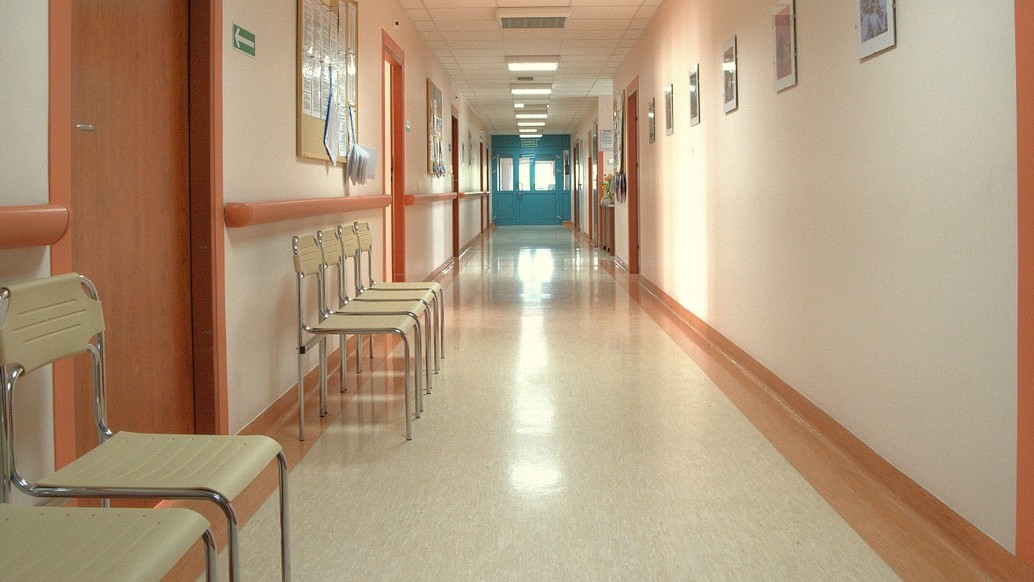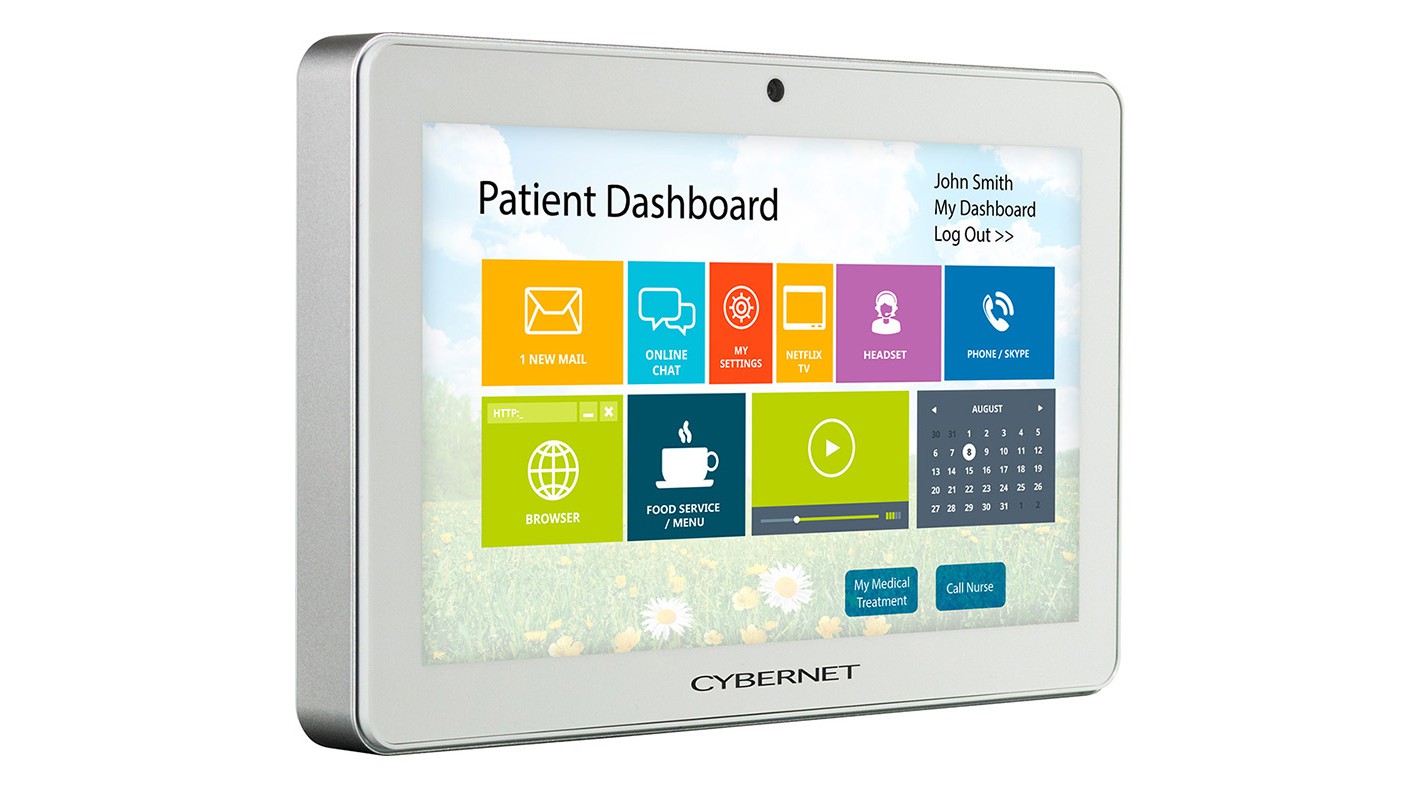We as a thinking species have evolved in more complex ways than one. In terms of our understanding and accepted definitions of technology, for instance. In the new globalized lives we lead today, ‘medicine’ has evolved into ‘healthcare’ and the ‘doctors’, ‘nurses’ and ‘technicians’ are now recognized as ‘healthcare providers.’ With each successive decade, we have developed more conceptual ways of looking at products and services.
Continuing the illustrations from the healthcare industry, we now evaluate the capabilities of a hospital not just by the strength of its staff and the complex procedures that can be performed there, but also by the overall ‘environment’ that it creates around a recuperating patient. In recent years, patient infotainment has crystallized into a focused area of study, with researches and experiments examining various healthcare setups for the degree of engagement and positivity they can invoke from a patient.
The new model of patient care accords much more importance to overall patient satisfaction than hospitals could manage a decade ago. The typical recovery room, with its beeping medical monitors and its wall-hung cable TV, has evolved into a more sophisticated environment wherein a single bedside computer can cater to the patient’s entertainment and communication needs, while also monitoring treatment. These bedside computers are rightfully known as ‘infotainment’ terminals, because of their ability to raise the level of patient satisfaction and encourage them to engage with their surroundings.
The typical bedside infotainment terminal today can allow a patient to watch TV, listen to music, browse social networks, communicate with loved ones on Skype, order food from the hospital cafeteria, or choose to read up on the specifics of the treatment or medication he is receiving. The device is essentially a medical grade computer with rugged features tailored for long term use. Its capabilities are software based, using programs such as OneView’s suite to offer patients an intuitive, user-friendly interface.
Bedside computers can be customized for use as infotainment terminals via installation in patient wards and long term care facilities where patients spend lengthy periods of time within a single location. They are minimal, integrating the functions of a bedside monitor, television, and even regular visits by care providers.
The psychological aspect of recovery of the patient, the kind that relies on encouragement from his surroundings, is completely taken care of by a good infotainment terminal. Rather than feeling victimized by a sterilized and intimidating hospital environment, patients can actually feel like they are in charge of their recovery. This fact is reiterated by multiple studies that have indicated that higher levels of patient satisfaction reduce readmission rates.
The benefits of infotainment terminals might seem intangible, but they can lead to significant savings for the healthcare industry. They ensure speedier recoveries and a more efficient care system through three layers of control – patient comfort (through internet, TV, games, social media, calling facilities etc.), engagement (through treatment information, nurse calling and meal ordering capabilities), and professional staff features (through secure access to patient data, syncing of treatment records and care provider visits, as well as remote supervision).
In a world where hospital visits are rapidly becoming unavoidable, the role of bedside medical computers as infotainment terminals promises to be indispensable.
How to Implement Patient Infotainment Using Bedside Computers or Tablets
February 18, 2017
The value-based healthcare system becomes more competitive than ever, and hospitals need to focus on the patient experience as one of the main contributing factors to how patients evaluate their stay. As Medicare…
0 Comments9 Minutes
3 Ways Patient Infotainment is Improving Patient Health
October 23, 2017
Credence Research, a worldwide market research and counseling firm, reports that increasing demands across the US, UK, and other nations for patient infotainment systems have prompted large investments from hospitals,…
0 Comments6 Minutes
You Can't
Learn from a Pop-up
But we can deliver knowledge to your inbox!
We dive deep in the industry looking for new trends, technology, news, and updates. We're happy to share them with you.
Knowledge, News, and Industry Updates Right in Your Inbox




